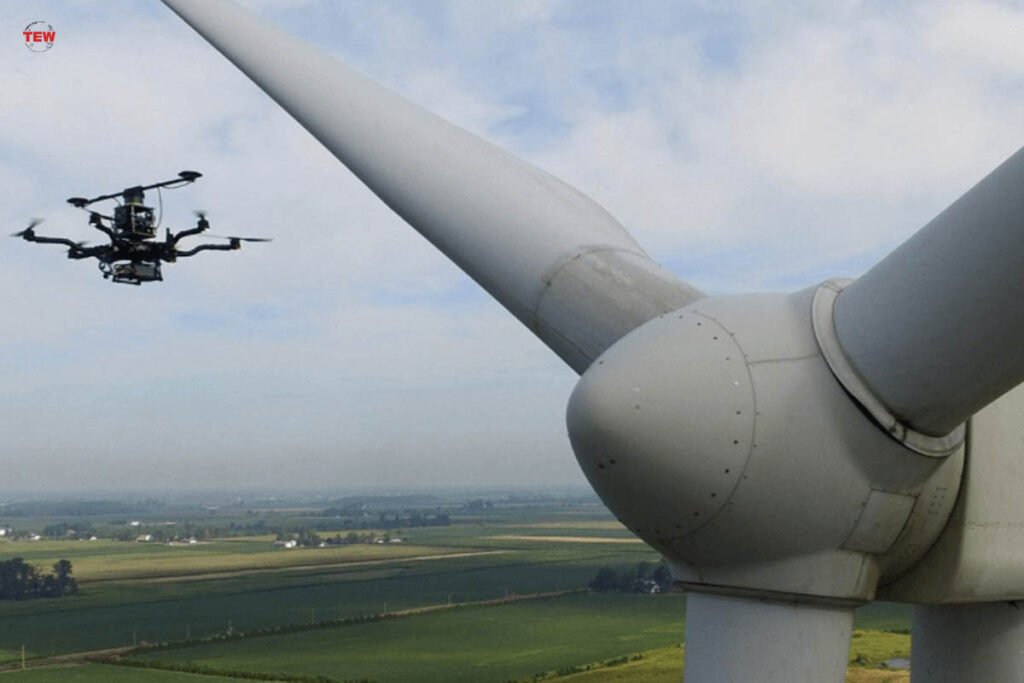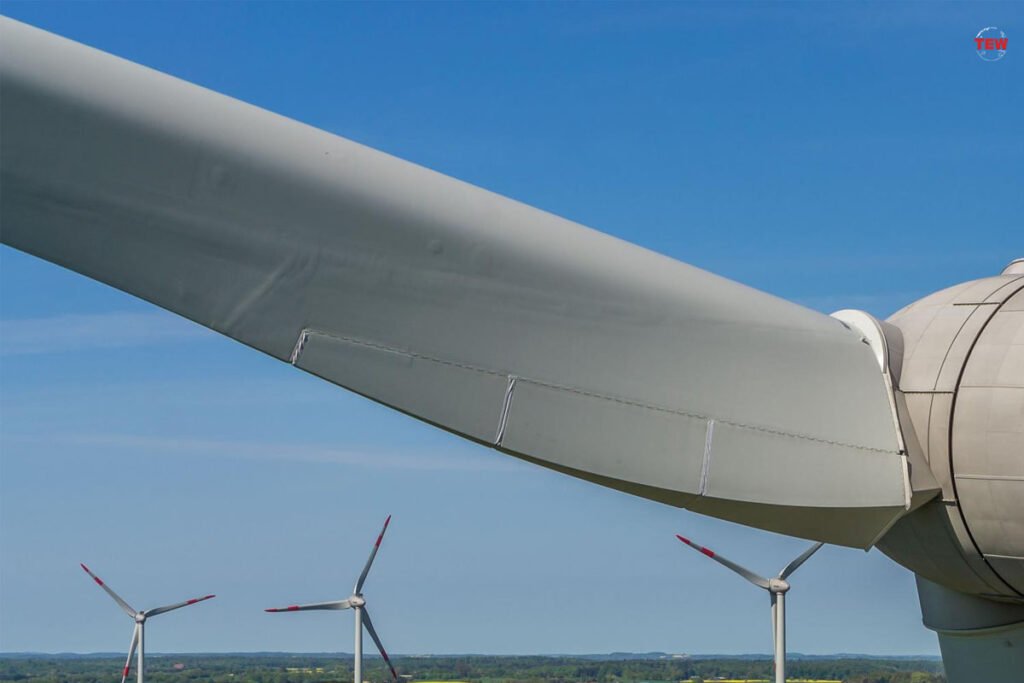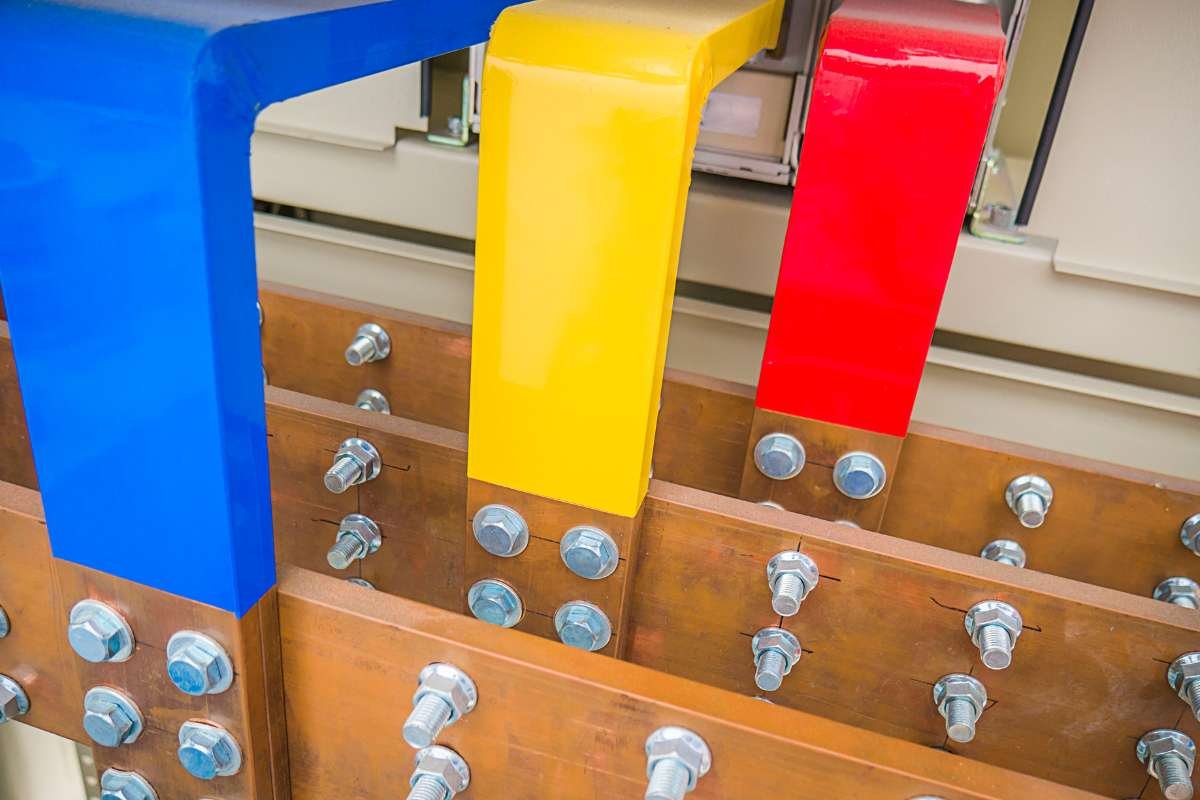“We are entering a new world. The technologies of machine learning, speech recognition, and natural language understanding are reaching a nexus of capability. We’ll soon have artificially intelligent assistants to help us in Wind turbine blade damage detection.”
The above quote was stated by Amy Stapleton, CEO of Chatbales, which has today become a reality. The energy and utility sector, considered a human-dependent industry, is today witnessing automated operations, all thanks to cutting-edge AI technology. While it took work to innovate the already complicated and risky operations for wind turbines, Matellio stepped forward to take on this challenge with one of its customers.
Matellio, a leading software engineering studio based out of California, created a robust enterprise solution that uses the data and images from drones and leverages AI and computer vision driven approach to detect damages and assign risk value to identified defects.
The Major Concern of the Turbine Industry : Wind turbine blade damage detection
Wind turbine blade damage detection by Matellio
Managing wind turbines is a complex task in itself, it becomes more complicated when one has to maintain the parts while eliminating the downtime and manage associated risks. The operator has to analyze all the views of the blades to get a better projection of the faults and defects. Even a small error in defect Wind turbine blade damage detection can lead to huge monetary loss or liability.
Matellio took on this challenge and created an automated solution using advanced AI development services to streamline all those challenging tasks.
How Matellio Used AI to Help Tackle this Operational Efficiency Challenge.
Matellio created a cloud-based analysis platform that utilized computer vision, image processing through AI to automate damage Wind turbine blade damage detection and risk prediction for wind turbines. The AI-driven platform extracts useful information from pixel-based inspection images received via drones, ground-based sensors, and other image-capture tools. The drones capture various images of the turbines at different times. Those images were then analyzed by the smart solution to detect the damages and identify the level of risks associated with them.

Additionally, the enterprise solution uses sensor fusion technology, combining inputs from various touchpoints to form a single model or image of that product. [SS1] In combination with the sensor fusion technology, that AI platform also leveraged CNN (convolutional neural network) to analyze the images using a pre-built training dataset and deep learning techniques.
The operator flew the drones and captured the images. Those images are then sent to the system for analysis and the AI engine predicts the possible defects and other risks associated with those defects. Then the analyst verifies those defects. The admin finally prepares the report and sends them to the wind farm operator.
There are two views that users can leverage to access the damages of a particular turbine, the map view and the image view. The map view locates the damaged turbine, and the image view gives you a list of all the images with defects.
Overall, the client received a fruitful ROI in terms of cost savings, resource optimization, and automated workflows by investing in enterprise solutions development with Matellio.

About Matellio
Matellio is a software engineering studio that offers digital transformation services and technology solutions to its clients worldwide. With hundreds of satisfied clients and over 300 certified engineers, the company has delivered countless software solutions and mobile applications for various industry verticals. Global leaders like Clutch, App Futura, DesignRush, and Scrum Alliance have recognized their skills and expertise. Matellio is a proud partner with pioneers like Amazon Web Services, Microsoft, Arizona Technology Council, GE Digital Alliance, ServiceNow, HPE, etc.





